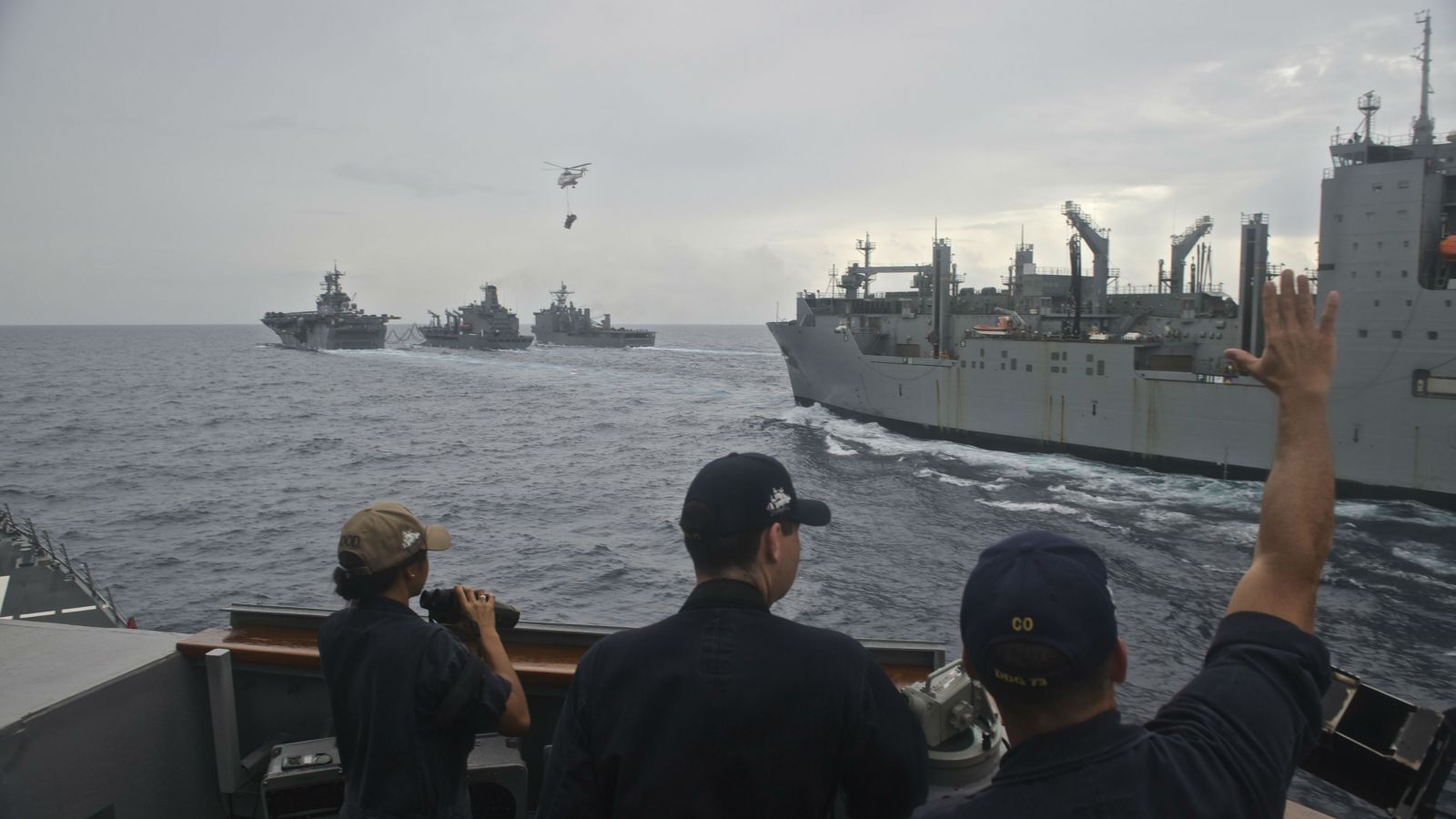U.S. Navy Tested New Command in China Challenge

The U.S. Navy destroyer that sailed near Chinese-claimed islands in South China Sea last week was under orders from the Third Fleet headquarters in San Diego, a first aimed at bolstering U.S. maritime power in the region, two sources said.
The USS Decatur on Friday challenged China's "excessive maritime claims" near the Paracel Islands, part of a string of islets, reefs and shoals over which Beijing has territorial disputes with its neighbors.
It was the first time such a freedom of navigation operation has been conducted without the Japan-based Seventh Fleet in command and was a test of changes aimed to allow the U.S. Navy to conduct maritime operations on two fronts in Asia at the same time, two sources have said. The sources spoke on condition they weren't identified.
Having the Third Fleet regularly command vessels in Asia, which it has not done since World War Two, means the U.S. Navy can better conduct simultaneous operations such as on the Korean peninsula and in the Philippines, said one of the sources, who is familiar with the goals of the reorganization.
"It is the first iteration of what will be a more regular operations tempo," he said.
The guided-missile destroyer Decatur is part of a three-ship Surface Action Group (SAG) that was deployed to South China Sea six months ago, said Commander Ryan Perry, a spokesman for the Third Fleet in San Diego, who confirmed the Third Fleet's command role.
U.S. Pacific Fleet Commander Admiral Scott Swift last year signaled a wider role for the Third Fleet when he said he was abolishing an administrative boundary along the international date line that had separated the Third and Seventh fleets. Until then, Third Fleet vessels crossing the line came under Seventh Fleet command.
Earlier this year, an official said more ships from the Third Fleet would be sent to East Asia.
The reorganization, which gives the Third Fleet a bigger frontline role, comes as momentum for the United States' Asian "pivot" falters and as Beijing's growing assertiveness fuels tensions in the South China Sea.
China claims most of the sea through which $5 trillion in ship-borne trade passes a year. The Philippines, Vietnam, Taiwan and Brunei have overlapping claims.
Beijing has accused Washington of deliberately creating tension by sailing its ships close to China's islands.
The latest operation, the fourth so far, came as the Philippine's new president, Rodrigo Duterte, traveled to China seek deeper ties with Asia's biggest economy. Duterte is visiting U.S. ally Japan this week.
The Seventh Fleet, which is headquartered at the Japanese port of Yokosuka near Tokyo is the most power naval fleet in Asia with some 80 ships, including the United States' only forward deployed carrier, the USS Ronald Reagan.
The U.S. Third Fleet consists of more than 100 vessels, including four aircraft carriers.
